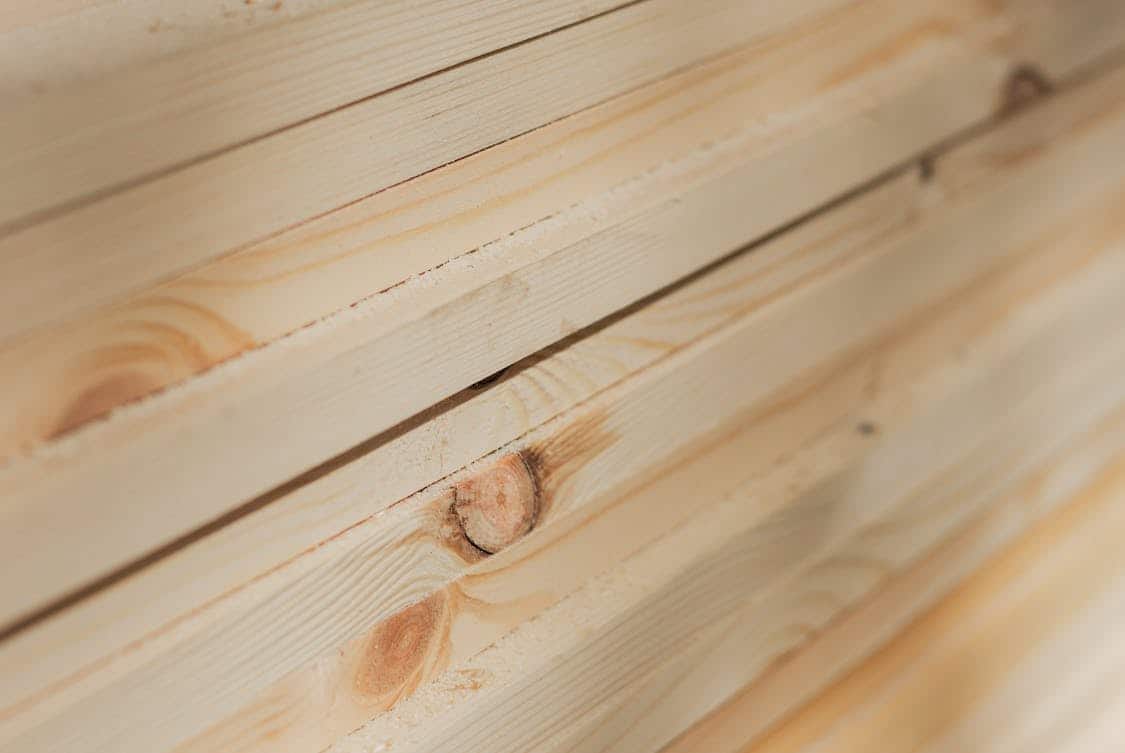Crane mats serve a pivotal role in construction and industrial operations, acting as a protective barrier between heavy equipment and the ground. To ensure safety and efficiency, it’s essential to assess the quality of the materials used in crane mats.
This article will outline various criteria that play a significant role in determining the quality of crane mat materials.
Understanding Crane Mats
Crane mats are typically used to distribute the weight of heavy machinery and prevent sinking or damage to the ground. They are usually made from timber or composite materials.
Understanding the types of materials available is the first step in evaluating their quality.
Types of Materials
Timber crane mats are traditionally made from hardwoods like oak or maple, prized for their strength and durability. Composite mats, on the other hand, often consist of fiberglass or reinforced plastics, offering benefits like lightweight design and resistance to rot.
Knowing these distinctions helps in assessing their suitability for specific job sites.
Weight Distribution
One of the primary functions of crane mats is to evenly distribute the load from heavy machinery. The material’s ability to handle heavy weights without warping or breaking is a key quality indicator.
High-density materials typically offer superior weight distribution and resistance to deformation under pressure.
Material Strength and Durability
When evaluating crane mat materials, strength and durability are paramount. This relates directly to how well the mat will perform under heavy loads and various environmental conditions.
Tensile and Compressive Strength
Tensile strength refers to how well a material can resist being pulled apart, while compressive strength measures its ability to withstand being pushed together. To assess the quality of crane mat materials, it’s wise to check the manufacturer’s specifications for these strength ratings.
Higher ratings generally indicate a more robust and reliable product.
Environmental Resistance
Crane mats often face exposure to harsh weather conditions, including rain, snow, and extreme temperatures. Materials that resist moisture absorption and temperature fluctuations typically demonstrate better longevity.
If you’re looking for reliable solutions that perform well in these challenging environments, Crane Mats are an industry-proven option worth considering. For instance, composite mats are generally more resistant to rot and decay compared to wooden alternatives.
Surface Texture and Grip

The surface texture of crane mats can significantly impact safety and functionality. A textured surface can provide better grip, minimizing the risk of slippage for machinery and personnel.
Non-Slip Features
Some crane mats come with built-in non-slip features or coatings that enhance traction. This is especially important in wet or muddy conditions. Investigating whether a crane mat has these features can help assess its overall quality and safety.
Maintenance Requirements
High-quality materials often require less maintenance. For instance, while wooden mats may need regular treatments to prevent rot, composite mats usually offer lower upkeep.
Evaluating the maintenance requirements can give insights into the practicality of the materials used in crane mats.
Dimensions and Customization
Evaluating the size and customization options of crane mats can also reflect their quality and suitability for specific tasks.
Standard vs. Custom Sizes
Standard crane mat sizes can be convenient for many applications, but custom sizes may be necessary for specific projects. Assessing whether a manufacturer offers customization can help cater to unique site requirements.
Thickness and Load Capacity
The thickness of the mat directly influences its load capacity. Thicker mats can generally support heavier weights.
Manufacturer specifications should provide clear guidance about the expected load capacity based on thickness, which can be a straightforward way to gauge quality.
Cost-Effectiveness
While quality is essential, cost should not be overlooked. Evaluating cost-effectiveness involves balancing the initial investment against the long-term performance and safety of the crane mats.
Initial Investment vs. Longevity
High-quality crane mats may come with a higher price tag, but their durability can lead to cost savings over time. They are less likely to need replacement or extensive maintenance, making them a smart investment in the long run.
Warranty and Support
When assessing the cost, consider the warranty offered by manufacturers. A strong warranty can indicate confidence in the product’s quality.
Manufacturers that stand behind their products often provide support and replacement options, which adds further value.
Supplier Reputation and Reviews
The reputation of the supplier or manufacturer can be a good indicator of material quality.
Industry Experience
A supplier with years of experience in the industry usually has a better grasp of material quality and safety standards. Researching the background of potential suppliers can provide insights into their reliability and product offerings.
Customer Reviews
Customer feedback can shine a light on the real-world performance of crane mats. Positive reviews often indicate that a product meets its expectations, while negative reviews can highlight potential issues.
Seeking out independent reviews can provide an unbiased perspective.
Compliance with Industry Standards
Compliance with industry standards is a non-negotiable aspect of evaluating crane mat materials.
Safety Regulations
Crane mats must meet specific safety regulations set by governing bodies to ensure they can withstand the demands of their intended applications. Checking for certifications or compliance documentation can assure buyers of the material’s suitability for heavy lifting.
Environmental Considerations
Environmental regulations are becoming increasingly important in construction. Materials sourced sustainably or manufactured with eco-friendly processes may be more appealing to environmentally conscious buyers.
This factor not only reflects quality but also corporate responsibility.
Testing and Certification
Materials that undergo rigorous testing and certification are generally more reliable.
Third-Party Testing
Third-party testing can give an objective assessment of a material’s quality. Understanding what tests the materials have passed can help gauge their suitability and reliability for various applications.
Certification Standards
Various organizations provide certifications that ensure materials meet specific performance criteria. These certifications can serve as a seal of approval, instilling confidence in the buyer regarding the quality of crane mat materials.





